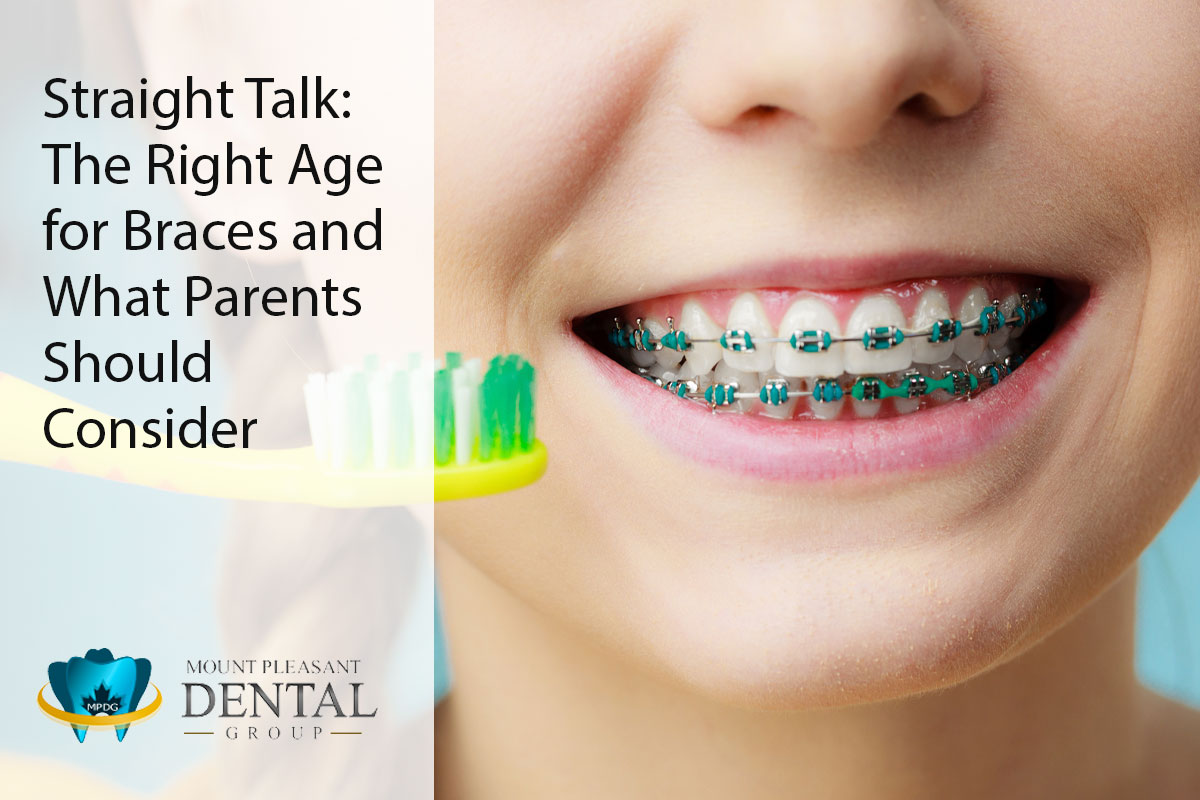The Importance of Braces for Dental Health
Braces play a crucial role in optimizing dental health and overall well-being by addressing misaligned teeth and improper bites. These issues can lead to difficulties in chewing, speaking, and maintaining oral hygiene. Beyond enhancing the aesthetic appeal of a smile, braces contribute significantly to long-term dental health, preventing potential complications. Properly aligned teeth facilitate easier cleaning, reducing the risk of decay and gum disease. Moreover, a well-aligned bite can alleviate jaw pain and prevent excessive tooth wear. Braces go beyond cosmetic enhancements, serving as a crucial element of comprehensive dental care for children and adolescents.
Signs That Indicate the Need for Braces
Parents must identify signs suggesting a potential need for braces to ensure informed decisions regarding their child’s orthodontic care. Common indications that your child may benefit from braces include:
- Crowded or Crooked Teeth: Misaligned or tightly packed teeth may suggest a need for braces.
- Irregular Spacing: Gaps or uneven spacing between teeth can be indicative of potential orthodontic issues.
- Overbite or Underbite: An overbite (upper teeth protruding over lower teeth) or underbite (lower teeth protruding over upper teeth) may necessitate orthodontic intervention.
- Difficulty Biting or Chewing: Struggles with biting or chewing food could point to a bite misalignment that braces may help correct.
- Early or Late Loss of Baby Teeth: Timing issues with the loss of baby teeth may signal orthodontic concerns.
- Persistent Thumb Sucking or Pacifier Use: Prolonged habits like thumb sucking or pacifier use might contribute to dental misalignments, requiring braces.
The Ideal Age for Getting Braces
Tips to Prepare your Child for Braces
Getting your child ready for braces involves not just dealing with the practical side of orthodontic care but also offering emotional support and encouragement. Here are some simple tips:
- Talk About It: Have a chat with your child about why braces are important and how they’ll lead to a healthier smile.
- Answer Questions: Encourage your child to ask questions and share any worries they might have about braces. Clear explanations can help ease any concerns.
- Pick Braces Together: Let your child be part of choosing the type and colour of their braces. This gives them a feeling of control and makes the experience more personal.
- Focus on Clean Teeth: Stress the importance of good oral hygiene with braces. Teach them how to clean their teeth and braces properly to avoid issues like cavities and gum disease.
- Talk About Diet Changes: Discuss any changes in their diet that might be needed with braces. Start with softer foods and explain any limits on sticky or hard foods to protect the braces.
- Share Good Stories: Tell positive stories about friends or family members who had braces. This helps your child see braces as a normal and positive part of taking care of their teeth.
- Build a Support System: Connect your child with friends or classmates who have or had braces. Having a support system can make the experience more relatable and reassuring.
Conclusion




